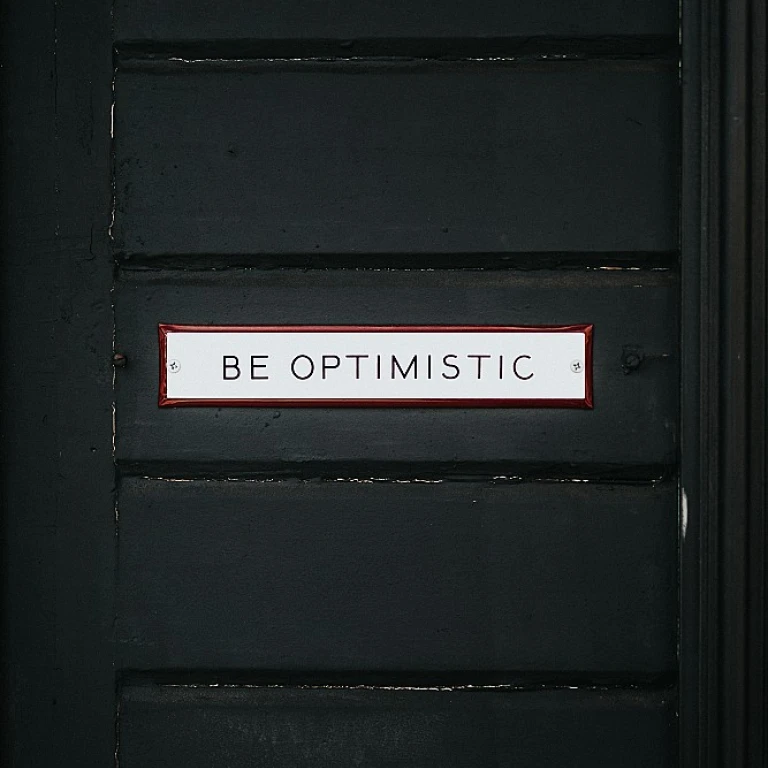
Defining Cross-Functional Collaboration
Collaboration Essentials Across Functional Areas
Cross-functional collaboration refers to the strategic approach where diverse teams within an organization come together to achieve common goals. These teams, composed of members from different departments, bring varied skill sets and expertise, which can significantly enhance product development, management, and decision-making processes. The essence of effective cross-functional teamwork lies in leveraging these diverse skills within a unified framework of collaboration.
The necessity for cross-functional collaboration arises from the complex nature of today's business challenges, which require input and problem-solving capabilities from multiple functional areas. As organizations continue to grow and expand their product lines, integrating team members from different backgrounds becomes essential. This approach ensures that the organization harnesses the full potential of its workforce, leading to innovative solutions and improved project outcomes.
Building strong communication channels and fostering a culture of shared responsibility are critical for successful cross-functional collaboration. Functional teams must be equipped to navigate organizationally diverse perspectives and work collaboratively towards the company's strategic objectives. To further explore how leadership acumen can enhance these capabilities, consider exploring insights from Wharton's Executive MBA program.
The Role of Cross-Functional Teams in Strategic Planning
The Power of Diverse Skill Sets
In an ever-changing business landscape, the integration of diverse skill sets across various departments is pivotal to strategic planning. Cross-functional teams harness this diversity, bringing together individuals from distinct functional areas such as marketing, finance, and product development. This convergence fosters a comprehensive approach to company goals. Such collaboration ensures a balanced perspective, where ideas and expertise are pooled for optimal decision making.
Enhanced Problem Solving and Innovation
With members from various departments, these teams address challenges with innovative solutions. The combination of team members' unique expertise enhances the problem-solving process and propels productive discussions. The result? Creative strategies that are not only effective but sustainable in addressing the complexities of modern business environments.
Improved Communication and Project Management
Effective cross-functional collaboration hinges on streamlined communication. Each functional team must maintain open lines of communication to ensure goals are clearly understood and aligned. This transparency supports efficient project management, as team members are more likely to take ownership and drive the project forward, minimizing silos within the organization.
Driving Toward a Unified Vision
One of the primary benefits cross-functional collaboration offers in strategic planning is the unification of purpose across the organization. By aligning multiple departments, teams work cohesively towards a common vision. This alignment not only fortifies the organization’s strategic direction but also motivates individuals, making them integral to the company's enduring success.
Challenges in Cross-Functional Collaboration
Navigating Complexities in Cross-Functional Team Dynamics
Working collaboratively across functional areas involves unique challenges, which leaders need to address to enhance decision-making and achieve company goals. These obstacles arise primarily due to varied expertise, communication barriers, and alignment of objectives. Understanding that cross-functional collaboration demands navigating through intricacies of different skill sets, roles, and responsibilities is crucial. Below are some overarching challenges C-suite executives might encounter:- Divergent Goals: Each department operates with specific objectives, leading to functional teams focusing on distinct priorities. Bridging these differences requires a unified vision and transparent goals among team members.
- Communication Barriers: Miscommunication often arises from diverse terminologies used by functional teams. Establishing a common language and a collaborative atmosphere is essential for seamless project execution.
- Varied Working Styles: Different functional teams often adopt different management approaches, which can cause friction. Encouraging an understanding and appreciation of diverse methods can foster effective cross-group cooperation.
- Limited Buy-In: Resistance to functional collaboration may surface if individuals fail to see the benefits. It is crucial that leadership effectively communicates the long-term advantages of cross-functional integration for product development and problem solving.
Best Practices for Effective Cross-Functional Collaboration
Implementing Key Practices for Seamless Collaboration
Achieving effective cross-functional collaboration requires more than just assembling members from various departments. It's about establishing a framework that ensures seamless communication and collective problem-solving. Here are some proven practices for fostering an environment where functional teams thrive:- Clear Communication Channels: Establish open lines between team members. This ensures that every departmental representative understands their role and goals while also remaining aware of other departments' objectives. Regular check-ins can help, but integrating tools that facilitate real-time communication might strengthen the team's connection.
- Defined Roles and Responsibilities: When embarking on a project, explicitly outline what each member is expected to contribute. Knowing one’s responsibilities aids in reducing overlaps, prevents work duplication, and enhances functional collaboration.
- Promote a Culture of Trust and Respect: Encourage team members to voice ideas and address concerns openly. When individual skill sets are respected and valued, it promotes trust, enhancing team collaboration and leading to more innovative product solutions.
- Focus on Shared Goals: It's crucial for team members to understand the organization's overarching objectives. Aligning individual and departmental goals with the company's vision ensures every decision and action supports the broader strategy.
- Investment in Skill Development: Cross-functional projects often demand varied expertise. Offering training programs that strengthen complementary skills and enhance decision-making capabilities can be invaluable.
- Efficient Project Management Tools: Utilizing the right tools can significantly improve workflow. Project management software that tracks progress, assigns tasks, and allows easy sharing of updates can streamline functional collaboration.
Case Studies: Successful Cross-Functional Strategies
Concrete Examples of Effective Cross-Functional Team Success
In the dynamic landscape of modern business, numerous companies have successfully leveraged cross-functional teams to achieve strategic objectives. The following are illustrative examples demonstrating the effective use of such collaboration for various organizational goals:Adaptability in Product Development
In the tech industry, one global company demonstrated the power of cross-functional collaboration during the development of a new product. By integrating expertise from engineering, marketing, and customer service departments, the team could holistically address user needs and market demands. This collaboration not only expedited the development process but also enhanced the overall product quality, showcasing how diverse skill sets facilitate problem-solving and innovation.Streamlined Decision-Making Processes
A consumer goods company exemplified the benefits cross-functional teams can offer for decision making. Integrating finance, sales, and operations expertise enabled the team to assess potential market opportunities more efficiently, resulting in quicker and more informed strategic decisions. By aligning their goals, these team members could effectively navigate challenges and capitalize on competitive advantages.Innovation in Project Management
A leading automotive organization successfully implemented functional collaboration through a cross-functional team tasked with managing a sustainable vehicle project. The ability to bring together individuals from production, sustainability, and design departments was key in overcoming technical and creative challenges. By embracing diverse perspectives, the project team utilized an innovative approach that delivered a market-ready product while meeting environmental goals. These examples underscore the significant advantages of cross-functional collaboration and the tangible impact it can have on achieving strategic goals. By fostering a culture where team members from different functional areas work cohesively, organizations can not only enhance their project management and product development processes but also effectively align with broader business objectives.Future Trends in Cross-Functional Collaboration
Emerging Trends in Cross-Functional Collaboration
The evolution of cross-functional collaboration is shaping the way organizations approach strategic planning and problem-solving. As the landscape of business becomes increasingly complex, cross-functional teams must adapt. Here are some emerging trends that are reshaping how these teams operate:- Increased Digitalization: With the rise of remote work, digital tools are becoming central to team collaboration. As companies harness technology to bridge gaps between functional areas, digital platforms facilitate seamless communication and project management across dispersed team members.
- Focus on Agile Management: Agile methodologies, traditionally used in product development, are finding their way into strategic decision-making. Agile cross-functional teams can quickly adapt to changes, allowing for more responsive and dynamic strategy execution.
- Diverse Skill Sets: Organizations are recognizing the value of integrating multi-disciplinary expertise into their strategic teams. By pooling diverse skills, companies enhance their problem-solving capabilities and innovation potential, driving more effective cross-departmental collaboration.
- Emphasis on Cultural Integration: Successful teams work with consideration for cultural and operational differences across departments. Enhanced cultural understanding fosters trust and cohesion among team members, resulting in improved collaboration outcomes.
- Data-Driven Decision-Making: As analytics become vital in strategic planning, cross-functional teams utilize data insights to guide decisions. This approach not only unifies functional teams around shared goals but also improves transparency and accountability throughout the organization.
- Continuous Learning: Companies are investing in ongoing development for team members, ensuring they remain equipped with the latest skills and expertise. This focus on learning reinforces cross-functional effectiveness and alignment with organizational goals.














